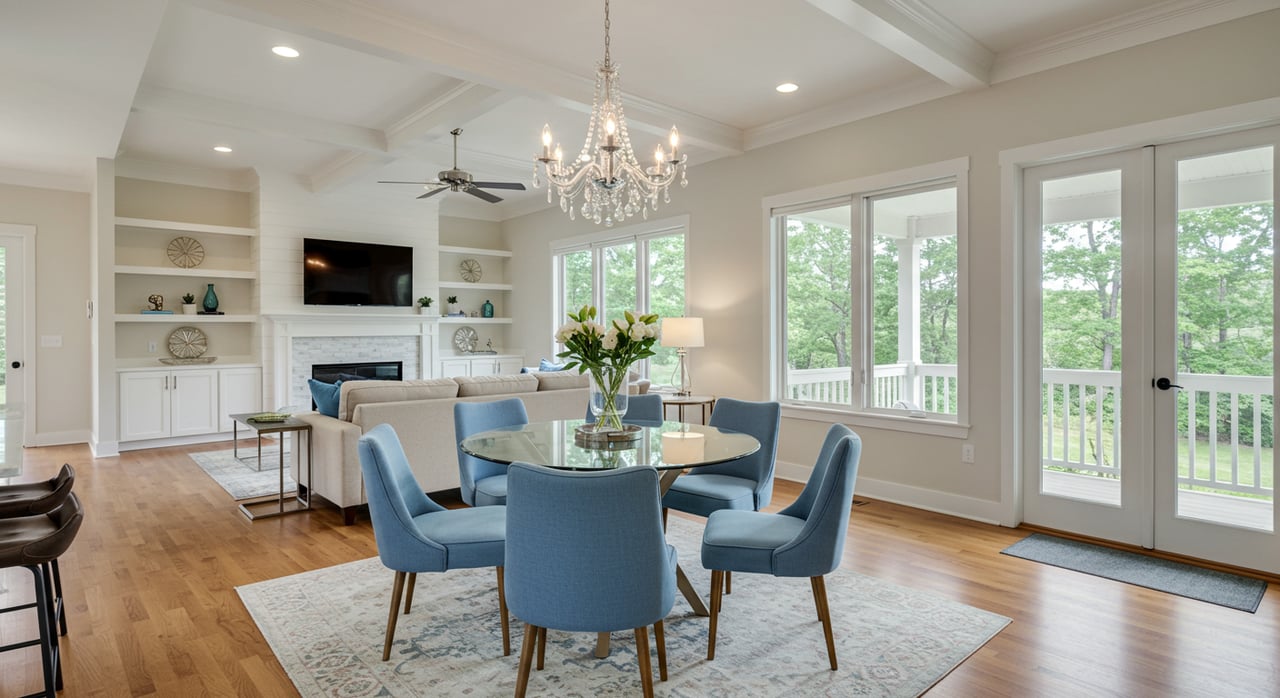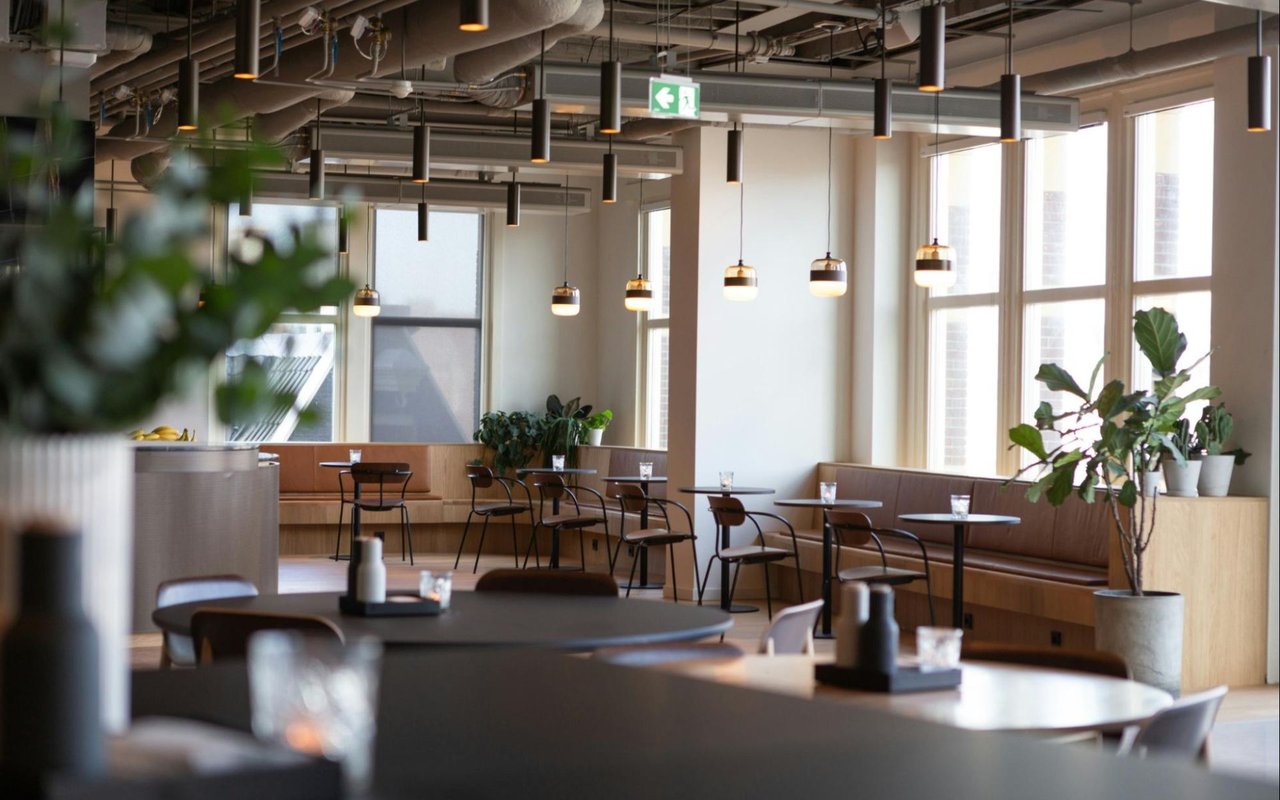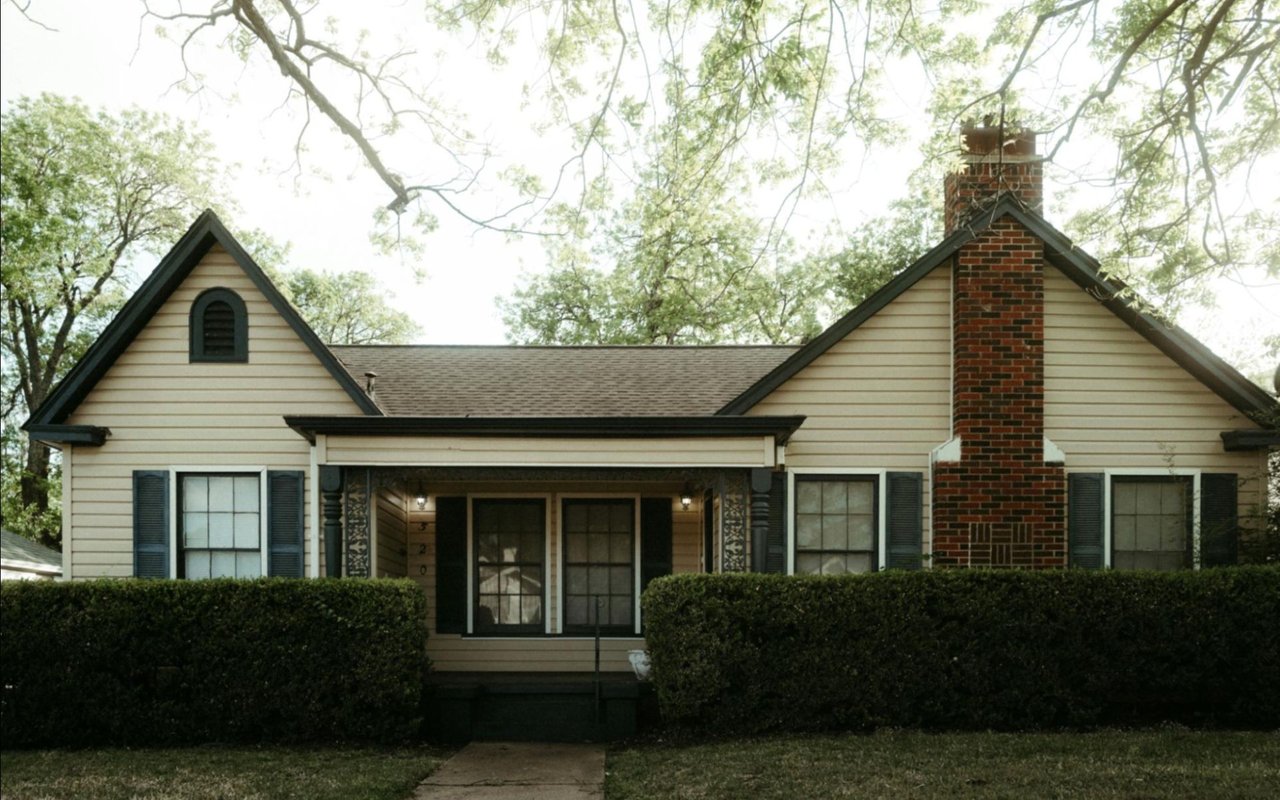Architecture profoundly shapes our environment and living experiences. Residential architecture, in particular, reflects a diversity of cultural influences, technological advancements, and personal aesthetics. Today's homebuyers are presented with a myriad of architectural styles, each offering unique charm and functional design. Understanding these styles can greatly aid in selecting a home that aligns with one’s lifestyle and aesthetic preferences. Here, we delve into some of the most popular architectural house styles, exploring their origins, key features, and why they continue to capture our imaginations.
Craftsman
Originating in the early 20th century, the Craftsman style is renowned for its attention to craftsmanship and natural materials. This style was a reaction against the mass-produced elements typical of the industrial revolution, emphasizing hand-crafted woodwork, stonework, and mixed-material construction.
-
Key Features: Craftsman homes often feature low-pitched gable roofs, overhanging eaves, exposed rafters, and a front porch beneath an extension of the roof. Interiors boast built-in furniture, large fireplaces, and rich wood trim.
-
Appeal: The charm of the Craftsman house lies in its simplicity and the warmth of natural materials, making it perennially popular among those who appreciate sturdy construction and timeless design.
Colonial Revival
Emerging during the late 19th century, Colonial Revival architecture romanticizes the early American colonial period, reflecting a desire for simplicity and tradition in home design.
-
Key Features: These homes are characterized by their symmetrical facades, gabled roofs, and decorative shutters. They often feature a centered front door flanked by multi-paned windows, with classical details like columns and pediments.
-
Appeal: Colonial Revival homes are favored for their elegant formality, symmetry, and the historical connections they evoke, making them a popular choice for those seeking a touch of traditional grandeur.
Mid-Century Modern
Mid-century modern architecture became popular in the 1950s and 1960s, particularly in the United States, influenced by high-style prairie architecture and the International and Bauhaus movements.
-
Key Features: These homes emphasize open floor plans, large windows, and integration with nature. Architectural features include flat planes, large glass windows, and a seamless flow between indoor and outdoor spaces.
-
Appeal: The style appeals to those who appreciate minimalism, open spaces, and integration with the natural environment, offering a distinct aesthetic that continues to influence contemporary design.
Victorian
Victorian architecture was predominant during Queen Victoria's reign from 1837 to 1901, known for its ornate detailing and eclectic revival elements.
-
Key Features: Victorian homes often feature steeply pitched roofs, pointed arch windows, ornate trimming, and vibrant colors. Common sub-types include the Gothic Revival, Queen Anne, and Second Empire styles, each with distinctive embellishments.
-
Appeal: These homes attract buyers with a penchant for drama and detail, offering intricate aesthetics and rich historical value.
Tudor Revival
Inspired by the medieval homes of Tudor England, Tudor Revival became popular in the United States during the late 19th and early 20th centuries. This style is part of the broader Romanticism movement, which sought to revive medieval forms.
-
Key Features: Characteristic elements include decorative half-timbering, steeply pitched roofs, tall, narrow windows with small panes, and prominent brick or stone chimneys.
-
Appeal: Tudor Revival homes are sought after for their storybook charm, providing a quaint yet luxurious atmosphere that harks back to European heritage.
Modern Farmhouse
The modern farmhouse blends classic comfort and pastoral elements with modern touches, reflecting a blend of country and contemporary that has seen a surge in popularity in recent years.
-
Key Features: These homes typically feature sleek lines, large windows, a blend of natural and industrial materials, and spacious, open floor plans. The exterior is often characterized by vertical siding, metal roof accents, and large covered porches.
-
Appeal: The modern farmhouse appeals to those looking for a rustic yet refined aesthetic, combining traditional farmhouse warmth with contemporary design elements.
Mediterranean Revival
Rooted in the seaside villas of Italy and Spain, the Mediterranean Revival style became popular in the United States in the early 20th century, particularly in warmer climates.
-
Key Features: Mediterranean Revival homes often feature stucco walls, red tile roofs, arches, and enclosed courtyards. They also include ornate ironwork and expansive balconies, creating a distinct and elegant exterior.
-
Appeal: This style is particularly popular in coastal areas, offering a luxurious and breezy aesthetic that captures the essence of Southern European architecture.
Choosing a home goes beyond its physical structure to the symbolism and lifestyle it represents. Whether you are drawn to the handcrafted charm of a Craftsman bungalow, the sleek lines of a Mid-century modern home, or the historic grandeur of a Victorian mansion, understanding these popular architectural styles can help you make an informed decision that aligns with your personal taste and lifestyle needs. Each style offers unique advantages and atmospheres, ensuring that there is a perfect home style out there to meet the desires of any prospective homeowner.
Contact Noa Levy Today
For expert assistance in your journey to buy a dream house and to explore real estate in Austin, TX, contact Noa Levy today. Start your path to homeownership with confidence by reaching out to Noa Levy.




